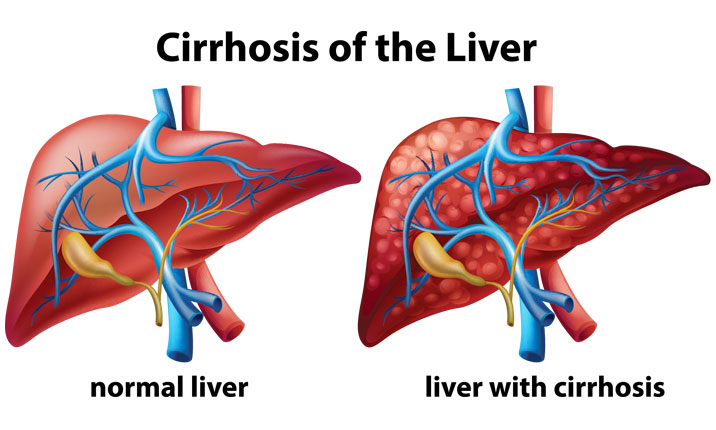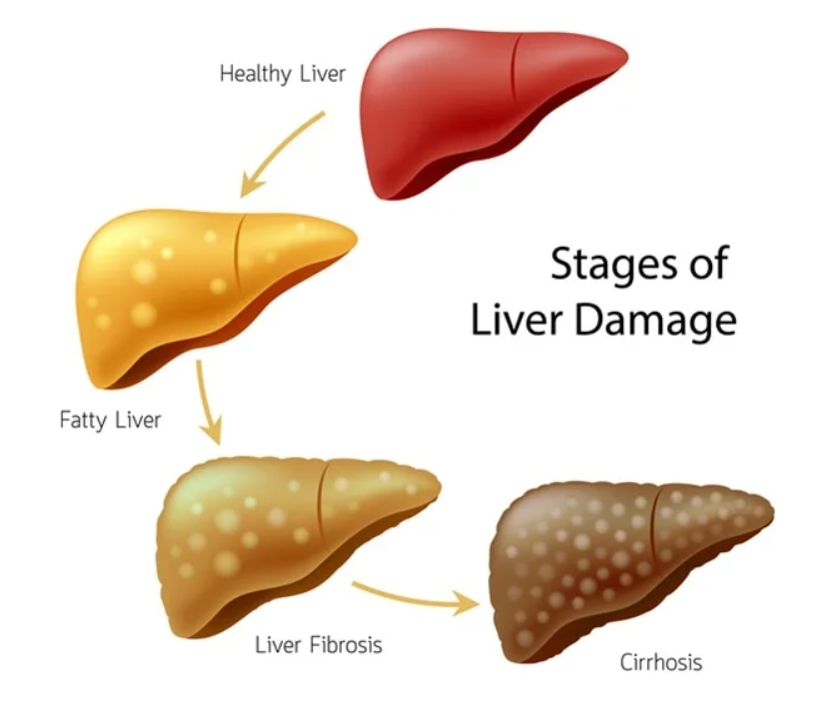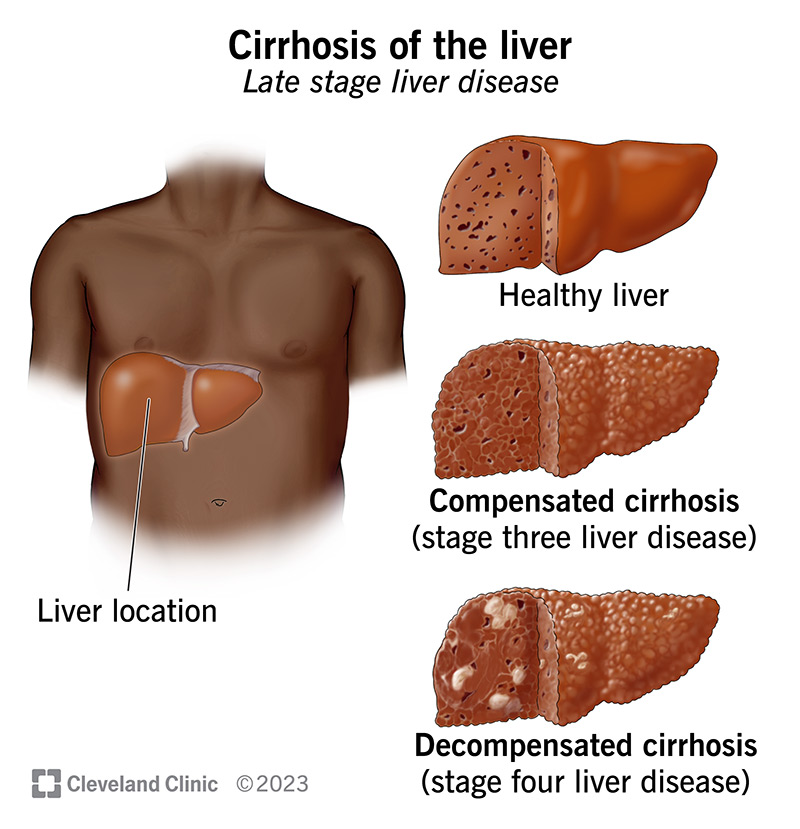Liver Cirrhosis and Its Symptoms
Cirrhosis is a condition where the liver becomes damaged due to scarring. This scarring is often caused by factors such as poor lifestyle choices, excessive alcohol consumption, and others. Liver cirrhosis significantly increases the risk of causing various complications in other organs. It has several symptoms, which are common but should always be closely monitored. Some of the symptoms of cirrhosis include:- Fatigue
- Abdominal pain
- Nausea
- Rapid weight loss
- Loss of appetite

What causes cirrhosis?
There are many conditions or diseases which lead to continuing long-term damage of liver tissue, resulting in cirrhosis. In some cases, there is more than one cause, but the most common causes in the United States include:
- Overindulgence in alcohol over many years
- Chronic infection with Hepatitis B or C
- Non-alcoholic fatty liver disease, or the more severe condition: non-alcoholic steatohepatitis
Less common causes include:
- Autoimmune hepatitis
- Diseases of the bile ducts including: primary biliary bholangitis/cirrhosis (PBC), primary sclerosing cholangitis (PSC) and biliary atresia (BA)
- Certain hereditary diseases which affect liver function, such as hemochromatosis, Wilson’s disease and alpha-1- antitrypsin deficiency
- Budd-Chiari syndrome – a condition which blocks the blood vessels draining the liver
- Prolonged use of certain drugs, such as amiodarone and methotrexate
- Long-term contact with poisons

Hepatitis and cirrhosis
Chronic hepatitis C results in inflammation of the liver. If left untreated it causes long-term, ongoing damage to the liver and can lead to cirrhosis. 25% of those infected with hepatitis C will develop cirrhosis after many years with the infection. Hepatitis B and D are two other types of hepatitis which can also lead to liver disease. The common route of transmission for these viruses is through contact with contaminated blood or blood products, for example via unprotected sex or sharing dirty needles.
Non-alcoholic steatohepatitis and cirrhosis
Much like alcohol-related liver disease, non-alcoholic steatohepatitis (NASH) presents as a build-up of fatty tissue in the liver. As the disease progresses, it results in severe inflammation and scarring of the liver, leading to cirrhosis. Obesity, diabetes and high triglyceride or cholesterol in the blood are the main risk factors for this condition. However, the disease has very few symptoms and may go unnoticed until cirrhosis develops. The rising levels of obesity in the US mean that NASH may soon overtake alcohol and hepatitis as the prevailing cause of cirrhosis.


SOP Subarashi holds a patent for its ability to regenerate cells, which can help regenerate damaged cells in the body (as long as regeneration is still possible). Additionally, Subarashi can assist in slowing down the progression of acute organ damage, potentially preventing fatal consequences.

